One of the most popular subjects for photographers, landscape photography needs equipment that other genres do not. Here we run through the kit to consider for different outdoor conditions and scenarios – beyond a camera and a stout pair of walking boots.
This is not to prescribe a one-fits-all checklist before you step out of the door, but is rather a list of useful items that we and other landscape photographers have found useful, and sometimes indispensable for outdoor photography shoots.
Read more:
- Complete guide to landscape photography
- Guide to fine art landscape photography
- Guide to night landscape photography
- Alternative landscape photography tips
All you need for landscape photography in 2024
Much of this equipment will be familiar, some of which you may already have. As a genre, landscape photography brings its own challenges and opportunities that can affect the gear you choose; whether buying new equipment or simply deciding what to pack for a trip out.
1. The camera
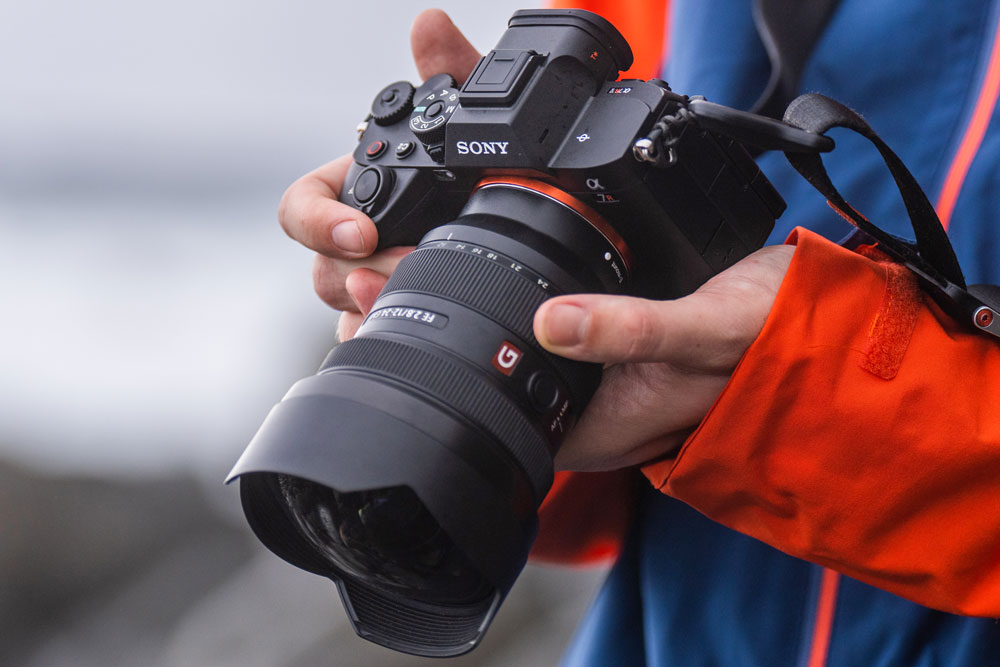
The key thing here is to have interchangeable lenses, so a DSLR or mirrorless camera is best. DSLRs tend to be a little bigger and heavier, but also have a longer battery life, which can be useful out in the field. Either is fine, and for you to weigh up according to your circumstances: read on!
Resolution matters, but is not everything. A 20MP camera will capture all the fine detail you’re likely to need, even for quite large prints, for publishing in magazines and books, and certainly any kind of display online.
Other factors like weatherproofing become important for landscape photography. And if you don’t much like carrying or using tripods, in-body stabilization, or lenses with IS are definitely advantageous as the light fades and the wind rises.
Read more:
- Best cameras for landscape photography
- Best cameras for beginners
- Best mirrorless cameras
- Best cheap full frame cameras
2. Lenses

A standard camera kit lens in the range 24-70mm or its equivalent will be fine for many shots, but an extra-wide-angle lens will help you capture huge, sweeping vistas. It will be perfect for shooting astrophotography or the northern lights, too.
A telephoto zoom can be surprisingly useful too. Longer focal lengths don’t just let you pick out distant detail, they compress perspectives too, so that large-scale backdrops like mountains and forests look much larger and more imposing.
Read more:
3. Tripods and other supports
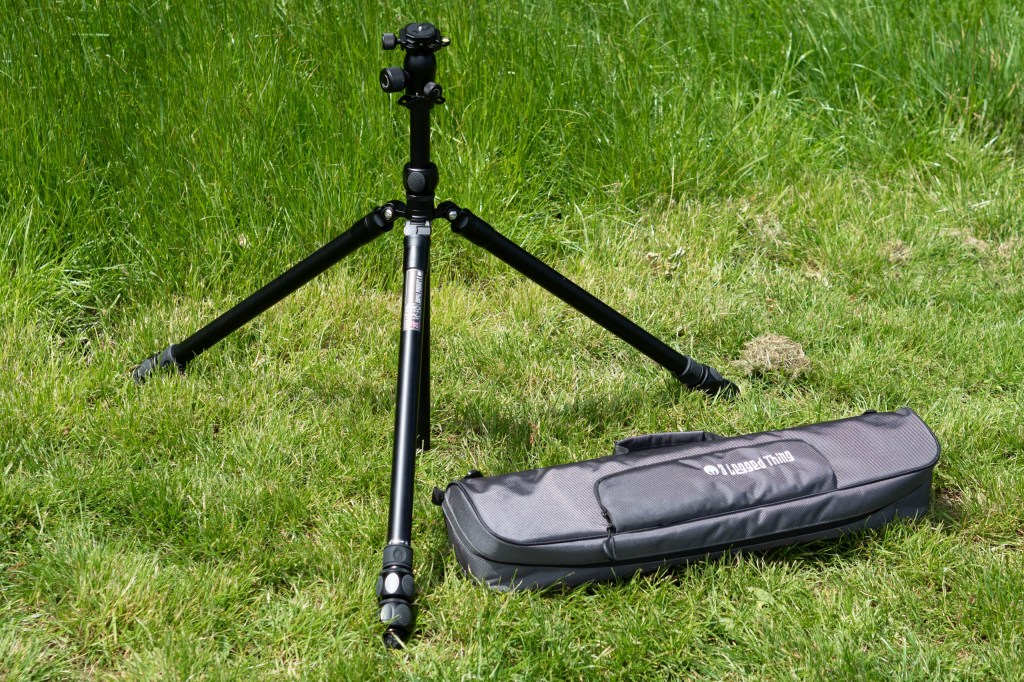
Should you take a tripod? This is a personal choice that depends largely on how much walking you’ll do to reach your subject. While tripods add weight and take time to set up, they have some important advantages for landscape photography.
First, they let you use slower shutter speeds, smaller lens apertures and lower ISO settings without worrying about camera shake. If you’ve gone to some effort to reach your location, you don’t want to throw it all away with sloppy technique.
Second, they open up whole new techniques; notably long exposure blur of skies and water, and dramatic astro images after dark.
Third, they leave your hands free to swap filters, change batteries, pick a different lens or grab a snack or drink. There is often a lot of waiting around for the light to be just right, and you don’t want the camera constantly in your hands while you do.
In windy conditions outdoors, a heavy solid tripod may be more stable. Otherwise a travel tripod may be the right alternative: lighter and smaller when packed down, most have a hook at the base of the centre column on which to hang your camera bag for extra stability.
Read more:
4. Filters
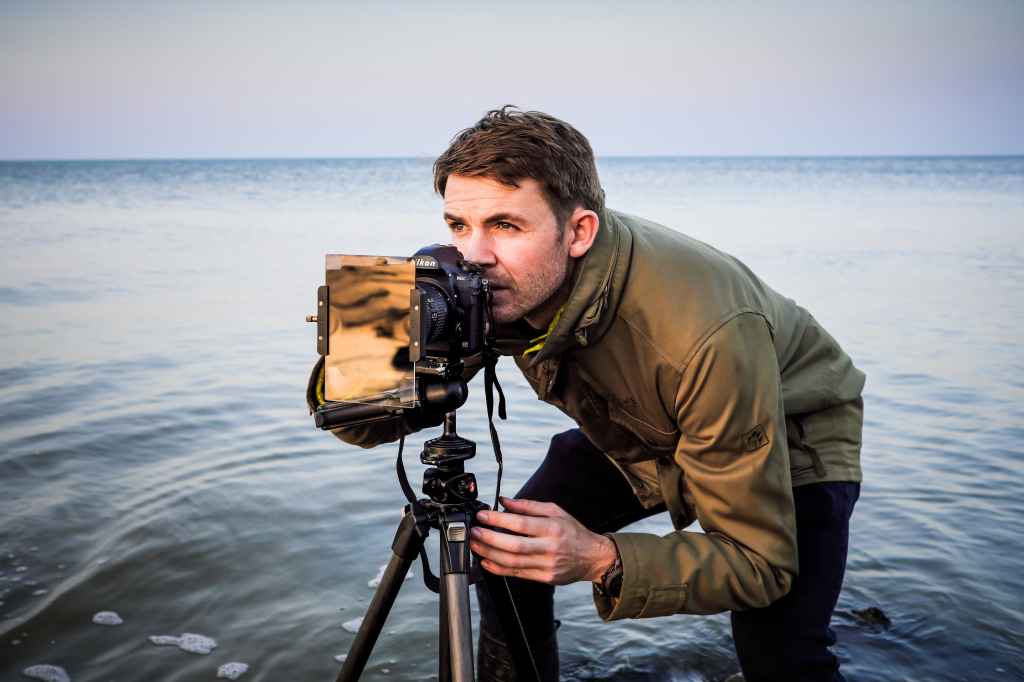
There are many different filter types for landscape photography, notably polarizing filters, graduated filters and neutral density filters; though not all are quite as essential today with digital imaging and the best photo editing software.
The most expendable filter type is the graduated filter. These are designed to tone down bright skies for a more balanced exposure with the landscape, but as long as you choose an exposure that doesn’t blow out the sky (raw files will give you more leeway); it’s easier to do that later in software than it is to try to juggle handfuls of filters.
Polarizing filters are more useful, but not always essential. They are known for making blue skies richer and deeper, but you need to watch out with wide-angle lenses because the polarizing effect will not be even across the sky. This is another thing that’s easier handled with software.
However, polarizing filters can also cut reflections from vegetation and water, increasing overall saturation and making the bottoms of rivers and lakes, for example, more visible. This is an optical effect you can’t reproduce digitally.
ND, or ’neutral density’ filters are perhaps the most useful. All they do is cut down the light entering the lens so that you can use long exposures of many seconds, even in bright daylight. You will need a tripod for this. The long exposure will blur clouds and water for that ‘silky’ look so popular in landscape photography right now.
Read more:
- Best camera filters for photographers
- Best filters for landscape photography
- How to use filters for better landscapes
- Top 3 filters for landscape photography
5. Backpacks
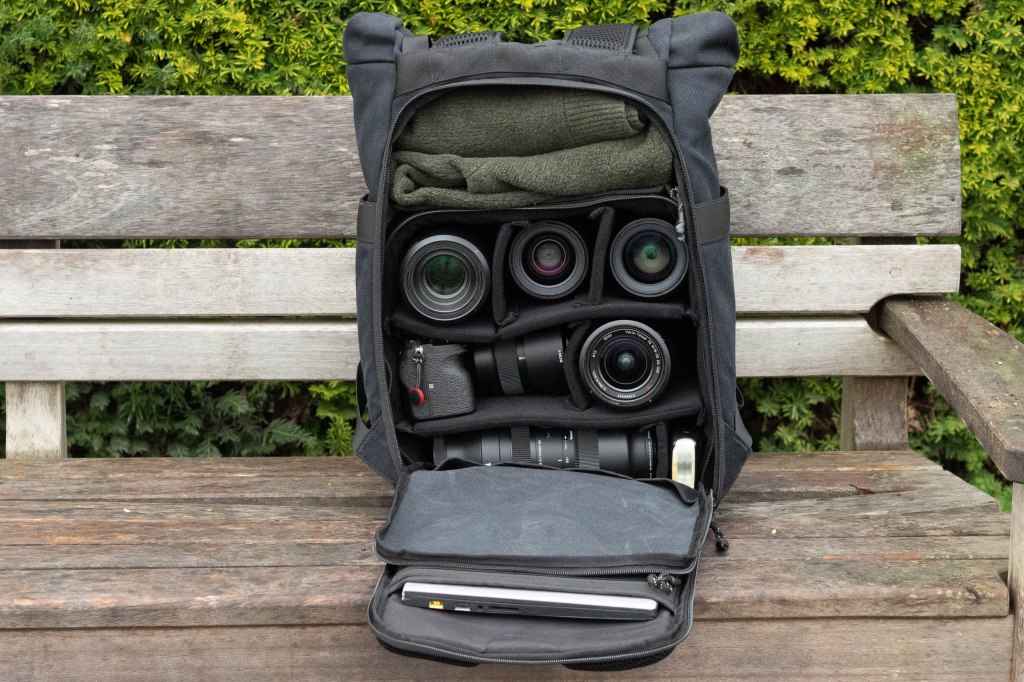
You’ll need a backpack to carry all this gear around in. For urban photography or travel, we might recommend a shoulder bag for faster access to it. The extra capacity, load-bearing capability and comfort make a backpack the much better choice for landscape photography, given the physical demands of the walking that it often demands.
If taking a tripod, choose a backpack with external straps or pockets designed to attach it securely or, if you have an especially compact travel tripod, you might even be able to fit it inside.
Most backpacks are weatherproof to some degree, and some come with fold-away rain covers for wet weather.
Read more:
6. What about a drone?
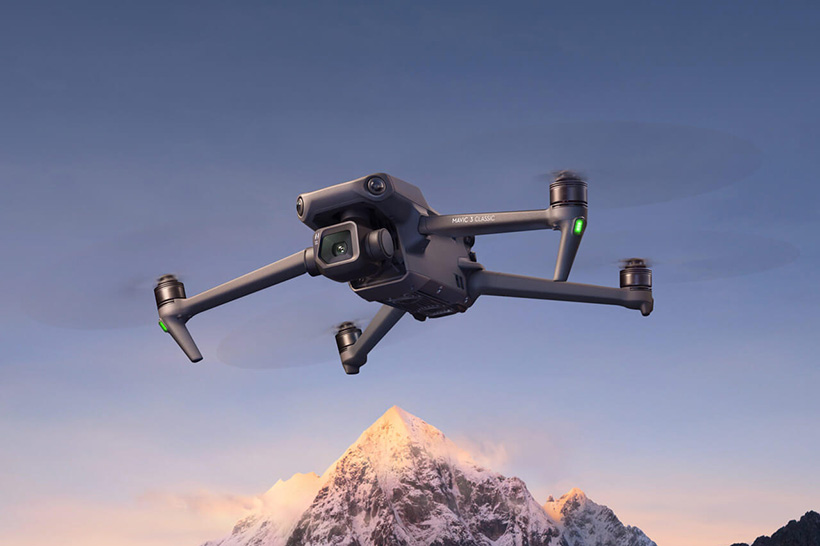
The best camera backpacks don’t just make carrying a lot of gear over long distances more comfortable, the larger ones have space for drones, controllers and other accessories too.
Drones have become very popular amongst landscape photographers for previously inaccessible perspectives and shooting positions: and not just for stills photography but video intros too. Ensure that you’re allowed to fly a drone at a chosen location first. Strong winds may be too much for lighter consumer drones like the Mavic Mini. Drones use a lot of power, so take spare batteries…
Read more:
7. Accessories

For today’s digital photographers, batteries are a constant pre-occupation, especially with mirrorless models. One would certainly regret not taking spare batteries to a shooting location some distance away.
A portable power bank is another alternative since the best power banks can contain enough power to recharge a camera battery several times over. But charging takes time, and some older cameras don’t support USB charging at all. A portable power bank is a good fallback, but it’s not as quick as just swapping out a battery.
Spare memory cards are a good idea too. Maybe you use larger capacity memory cards you’re never going to fill up? Even here, though, memory cards can get corrupted or just stop working. It’s rare, but it’s typically at the worst possible time.
The great outdoors can be messy, muddy and wet, so take a selection of cleaning materials too. A microfiber cloth is handy for wiping down cameras and lens barrels, but proper lens cloths or wipes are best for optical surfaces.
Cameras and lenses can generally shrug off a little light rain or spray, but you don’t want any on the lens because that will spoil your shots. So our final tip is to take a lens hood and use it. These are designed to reduce flare from bright light (like the sun) just outside the frame, but they also help shield the front of the lens from rain.
So that’s our roundup of everything you need for landscape photography. We hope we haven’t forgotten anything. You will probably have your own ideas about some extras, such as a thermos full of hot tea and some snacks. No landscape photography expedition is complete without snacks.
Read more:
- Best UK landscape photography locations (part one)
- Best UK landscape photography locations (part two)
Follow AP on Facebook, Twitter, Instagram, YouTube and TikTok.





